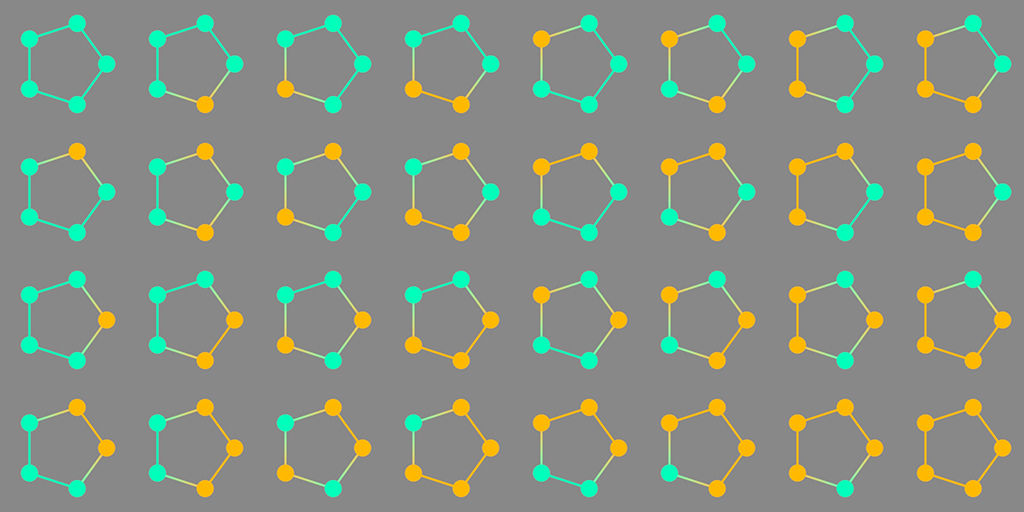Combinatorial Analysis¶
- Author: Diego Inácio
- GitHub: github.com/diegoinacio
- Notebook: combinatorial_analysis.ipynb
Gathering of some of the main methods of Combinatorial Analysis.
Combinatorics is basically the study of counting the number of possibilities in finite collections of elements, based on specific criteria. This field is closely related to many other areas of mathematics and has many applications in statistics, physics, computer science and so on.
